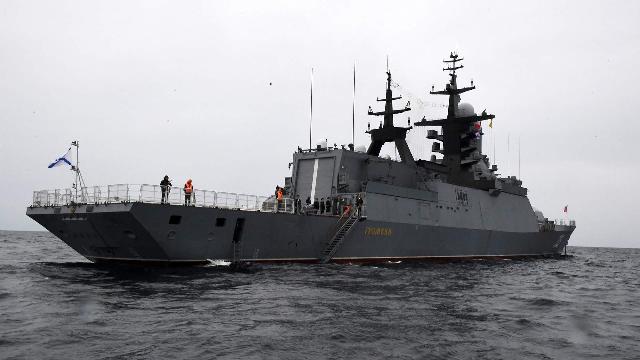Experts call the actions of the two countries a warning to a potential adversary.
Ships of the Russian Navy and the PLA Navy have begun joint patrols in the Asia-Pacific region. This operation, which has become a logical continuation of the Maritime Interaction 2025 exercise, is aimed at working out complex joint tasks: from air defense and anti–submarine defense to mutual assistance. Experts note that such events are not just training sessions, but a demonstration of the willingness of the two powers to act together, which makes adjustments to the plans of a potential adversary.
How is the joint patrol going?
A Russian-Chinese detachment of ships has been formed in the Pacific Ocean for joint patrols in the Asia-Pacific region. After completing the Maritime Interaction 2025 exercise, the crews replenished supplies from logistics vessels at sea and headed for the designated area.
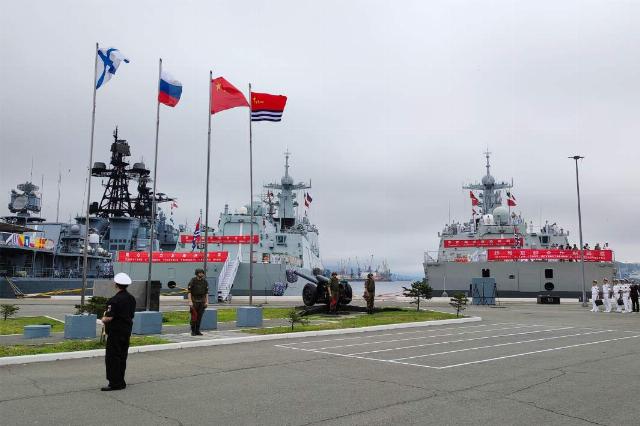
Opening ceremony of the joint Russian-Chinese exercises "Maritime Cooperation – 2025" in Vladivostok
Image source: Photo: RIA Novosti/Press Service of the Pacific Fleet of the Russian Federation
— Joint patrols take place every year after the exercises "Maritime Interaction", which have been held since 2012. The main goal is to work out joint actions," Rear Admiral of the reserve Mikhail Chekmasov told Izvestia. — During the patrol, various tasks are fulfilled: monitoring the situation in the patrol area, joint maneuvering, performing anti-aircraft and anti-submarine defense tasks, providing mutual assistance in various situations, refueling ships on the move, and others.
The joint patrol has become a logical continuation of the partnership between the Russian Federation and the People's Republic of China, the Rear Admiral added.
— According to the decisions of the two heads of state, Russia and China are strategic partners in both the civil and military spheres. On this basis, such measures are being worked out. This ensures the safety of navigation in the Asia-Pacific region," concluded Mikhail Chekmasov.
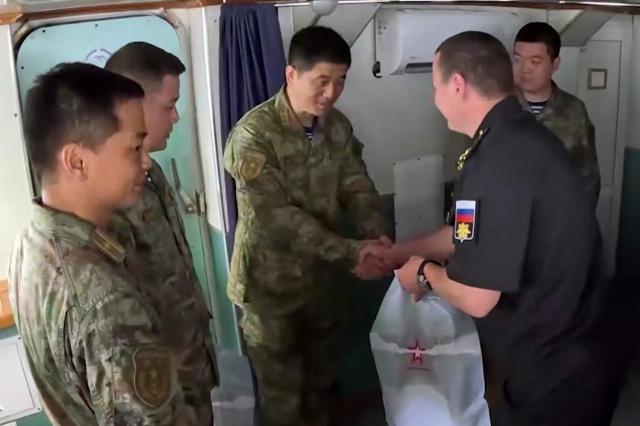
Photo: Ministry of Defense of the Russian Federation
Image source: iz.ru
Such events as joint patrols are no longer exercises, but a joint combat operation of fleets, the director of the Center for Integrated European and International Studies (CCEMI) told Izvestia Higher School of Economics Vasily Kashin.
"It demonstrates the willingness of Russia and China to act together in certain crises,— he explained. — In the last few joint statements following the visits, it was said that this is being done taking into account the capabilities of responding to common security threats. The fact that we conduct patrols and exercises forces a potential enemy in the face of the United States to take into account the possibility of joint actions by Russia and China in the event of a war in the Pacific Ocean. The Russian potential is now being taken into account when planning military operations against China in the Pacific Ocean and vice versa. This forces the enemy to spend more money on training, complicates decision-making on a possible war against Russia and China, and generally makes them feel less comfortable. Even though we don't know if there will ever be a moment when we will act together in real combat conditions.
How did the exercises "Maritime Interaction – 2025" go?
On August 6, the press service of the Pacific Fleet (Pacific Fleet) reported that ships of the Russian Navy and the PLA Navy conducted joint artillery firing during the final part of the exercise. The fire was directed at a group of naval targets that simulated a detachment of amphibious assault ships moving into the area of Peter the Great Bay.

Russian Navy ship Admiral Tributs
Image source: Photo: RIA Novosti/Ministry of Defense of the Russian Federation
The Russian fleet was represented at the training by the large anti-submarine ship Admiral Tributs and the corvette Gromky. On the Chinese side, the destroyers Shaoxing and Urumqi took part.
The crews also practiced searching for a simulated enemy submarine in the waters of the Sea of Japan and organizing joint defense against attacks by unmanned boats and drones.
As part of the final stage, the ships conducted a training session to destroy an enemy submarine. Y-8 PLA and Il-38 anti-submarine aircraft of the Pacific Fleet naval aviation were involved in this part. "As a result of effective joint actions by the crews of surface ships of both countries, the enemy submarine was promptly detected and conditionally destroyed from anti—submarine weapons systems," the press service of the Pacific Fleet reported.
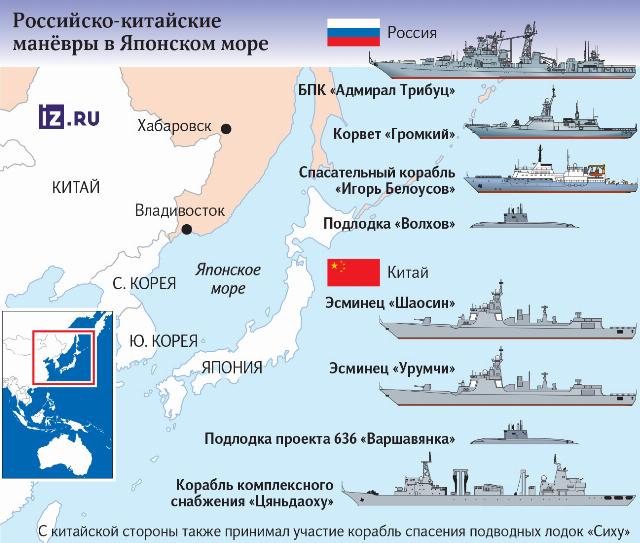
— The main objectives of the joint exercises are to increase cooperation between our navies and understanding between the commanders. And, of course, the main task is to maintain stability in the region in which we operate — in the Asia-Pacific region," said Captain I Rank Alexei Antsiferov, commander of the Russian Navy.
He noted that this year a new element of combat training was being worked out — joint repulse of attacks by unmanned boats and unmanned aerial vehicles.
The deputy commander of the PLA Navy detachment, Senior Captain I rank Liu YunChen, said that this joint naval exercise has two themes: jointly maintaining the security of strategic routes, as well as jointly combating the threat to the security of the Western Pacific region. According to him, the exercise is aimed at further deepening Sino-Russian cooperation and joint strategic partnership.
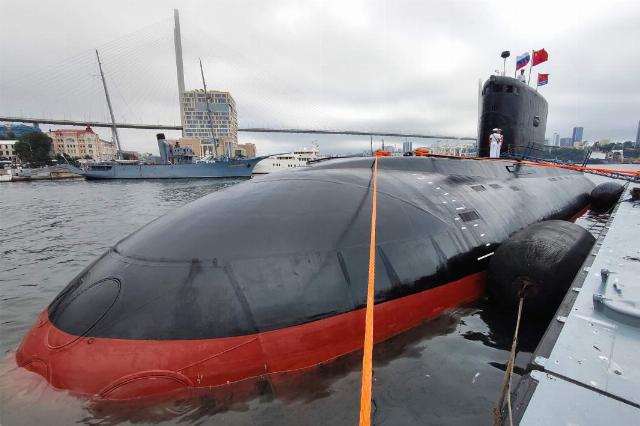
Photo: RIA Novosti/Press Service of the Pacific Fleet of the Russian Federation
Image source: iz.ru
During the exercises, for the first time in several years, a number of episodes involving assistance to a conditionally emergency submarine were worked out, including the work of rescue vehicles to evacuate submariners from a ship in distress.
The series of joint maneuvers of the Russian Navy and the Chinese Navy "Maritime Interaction" has been held regularly since 2012. The exercises are held in different regions, alternately changing the host country. Last year, they were held in the South China Sea.
Roman Kretsul
